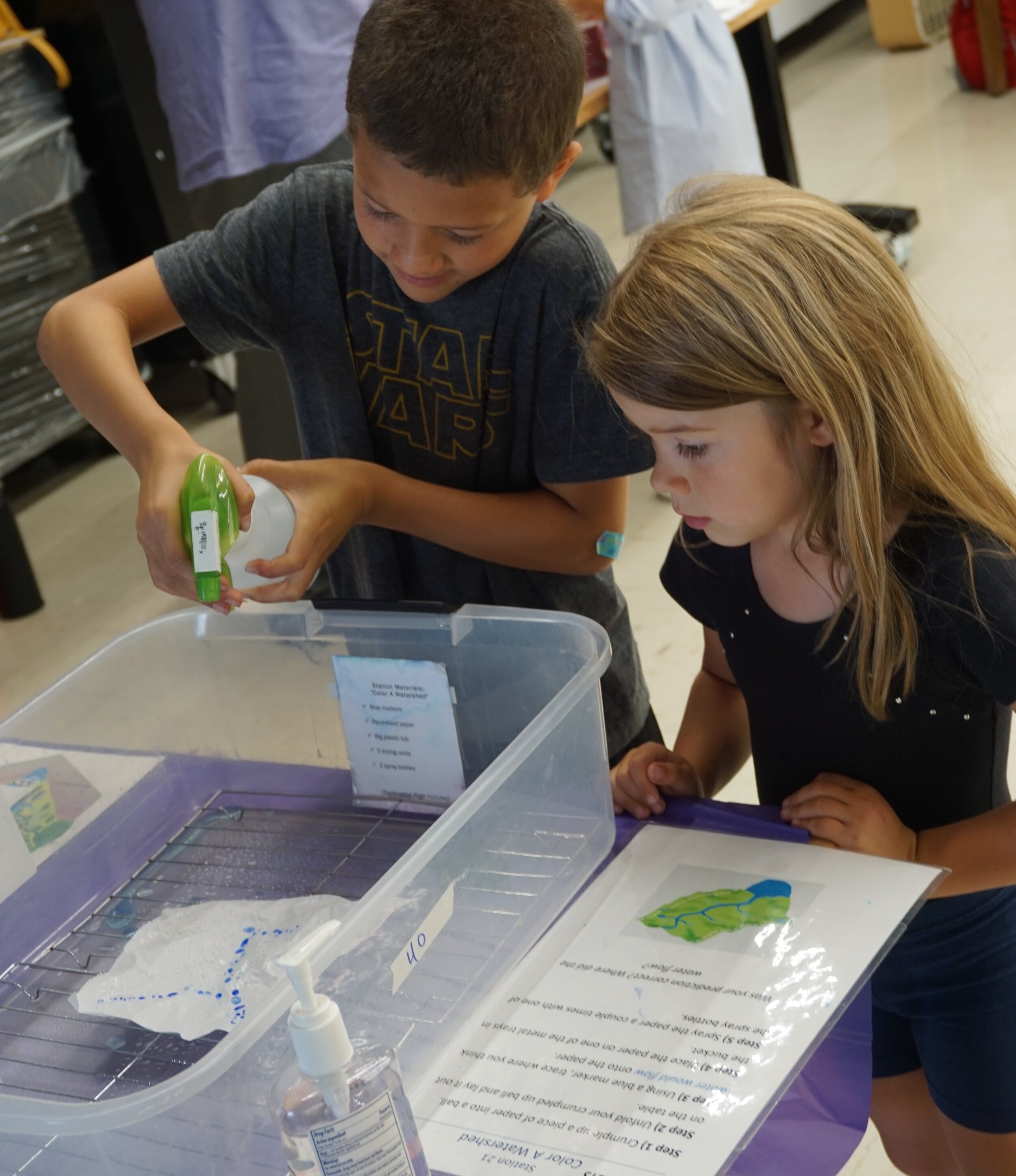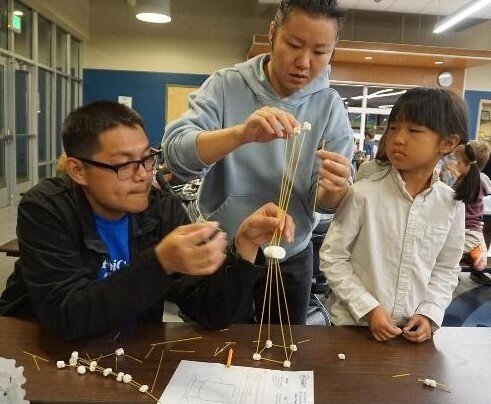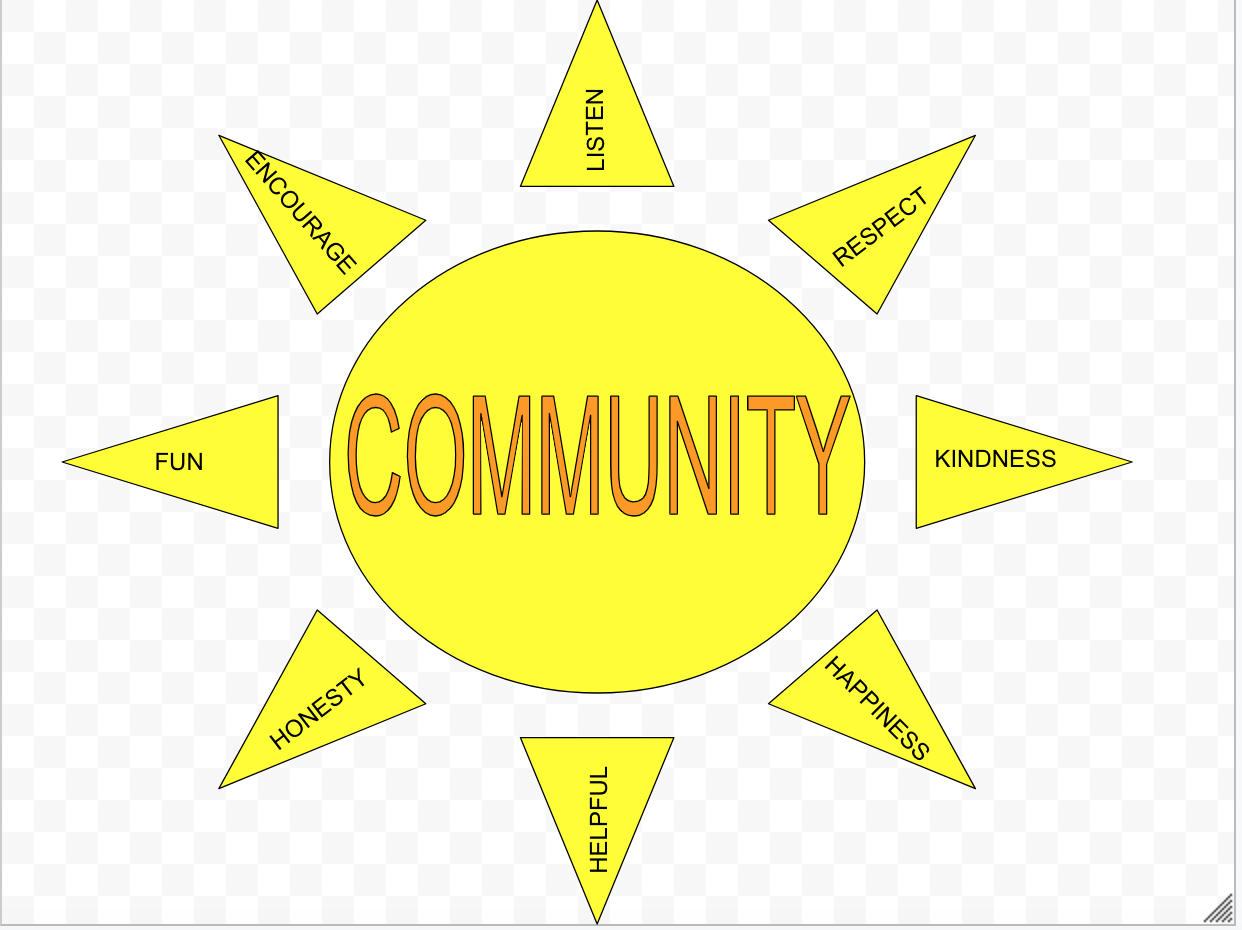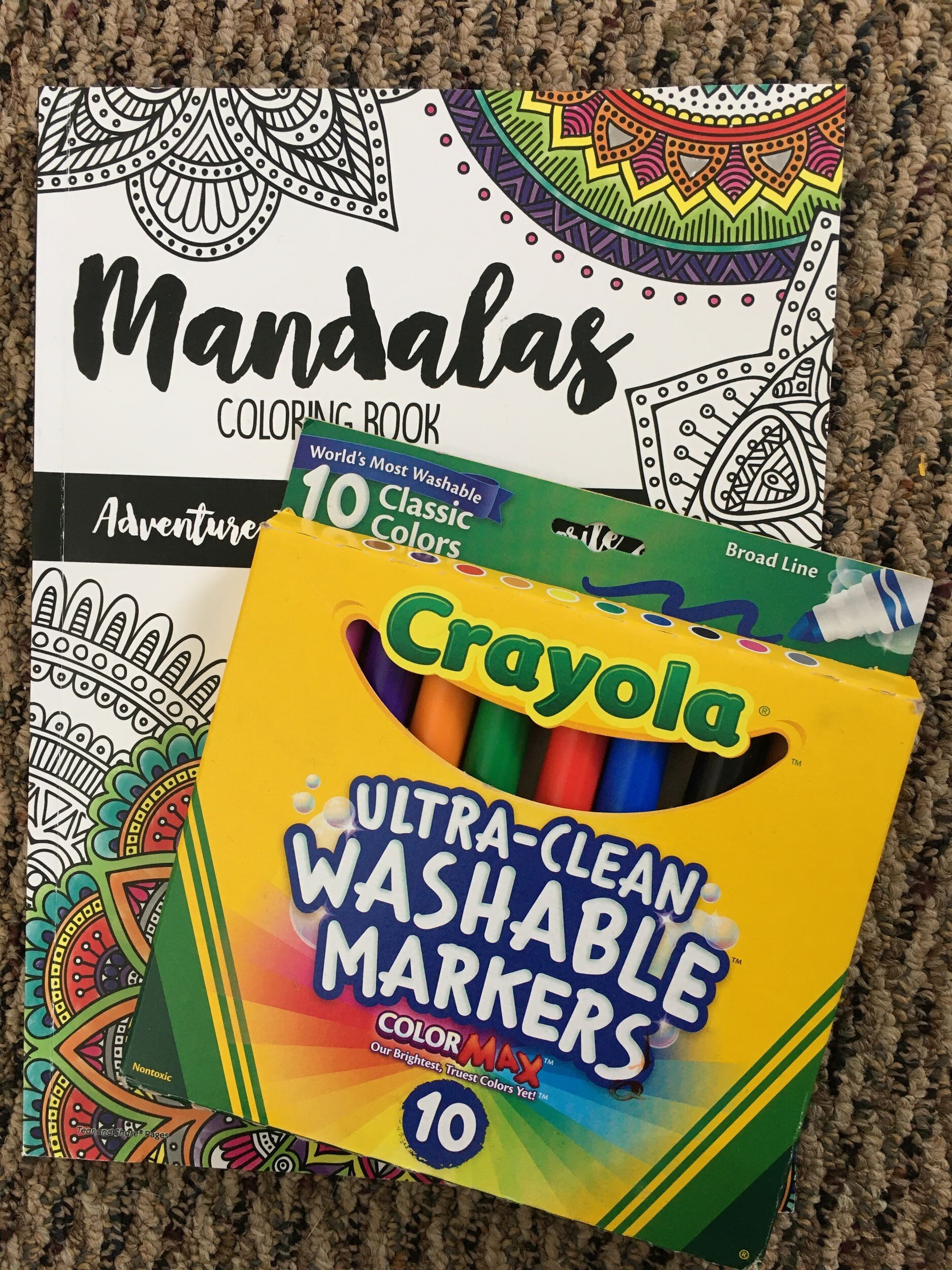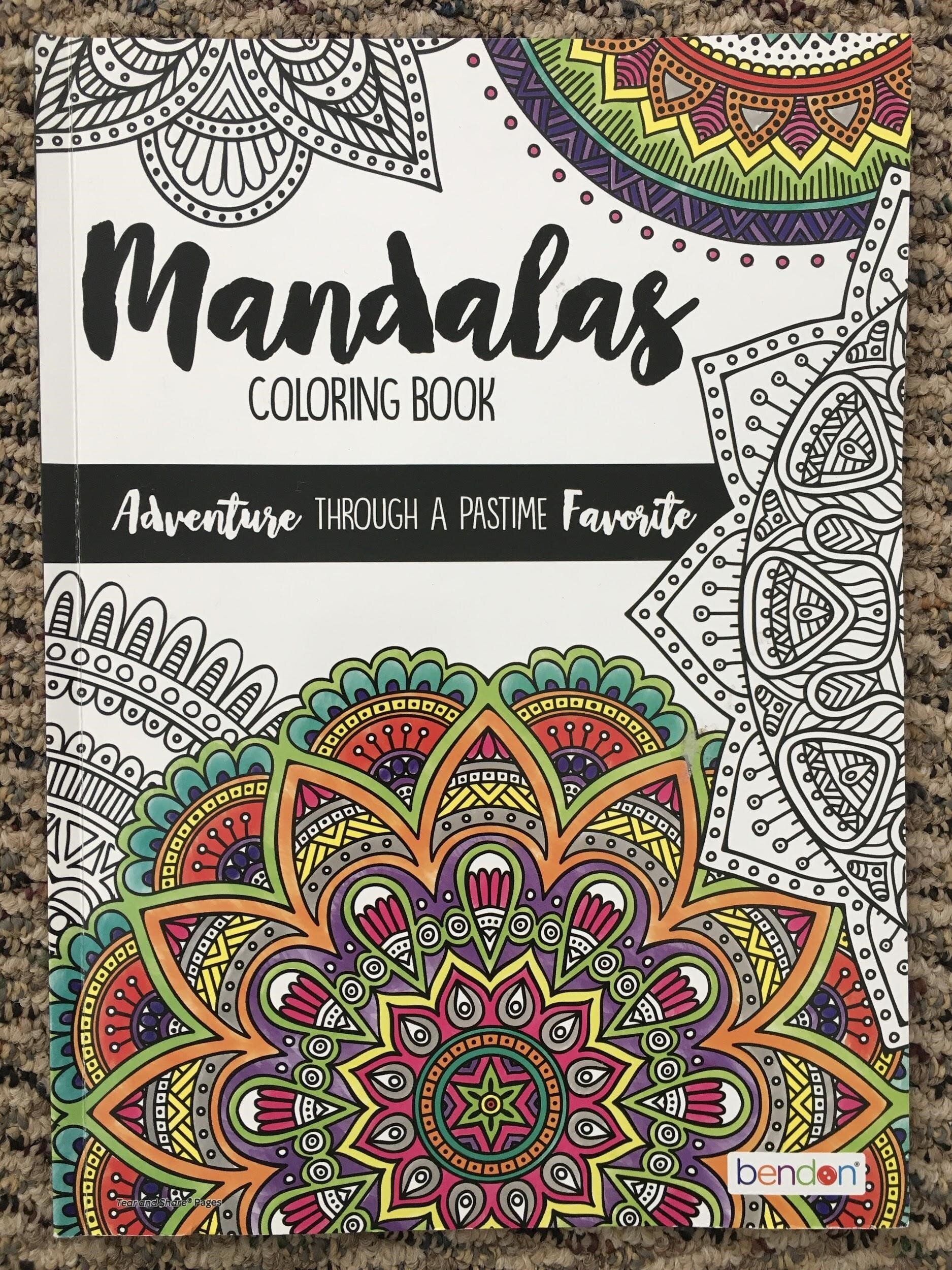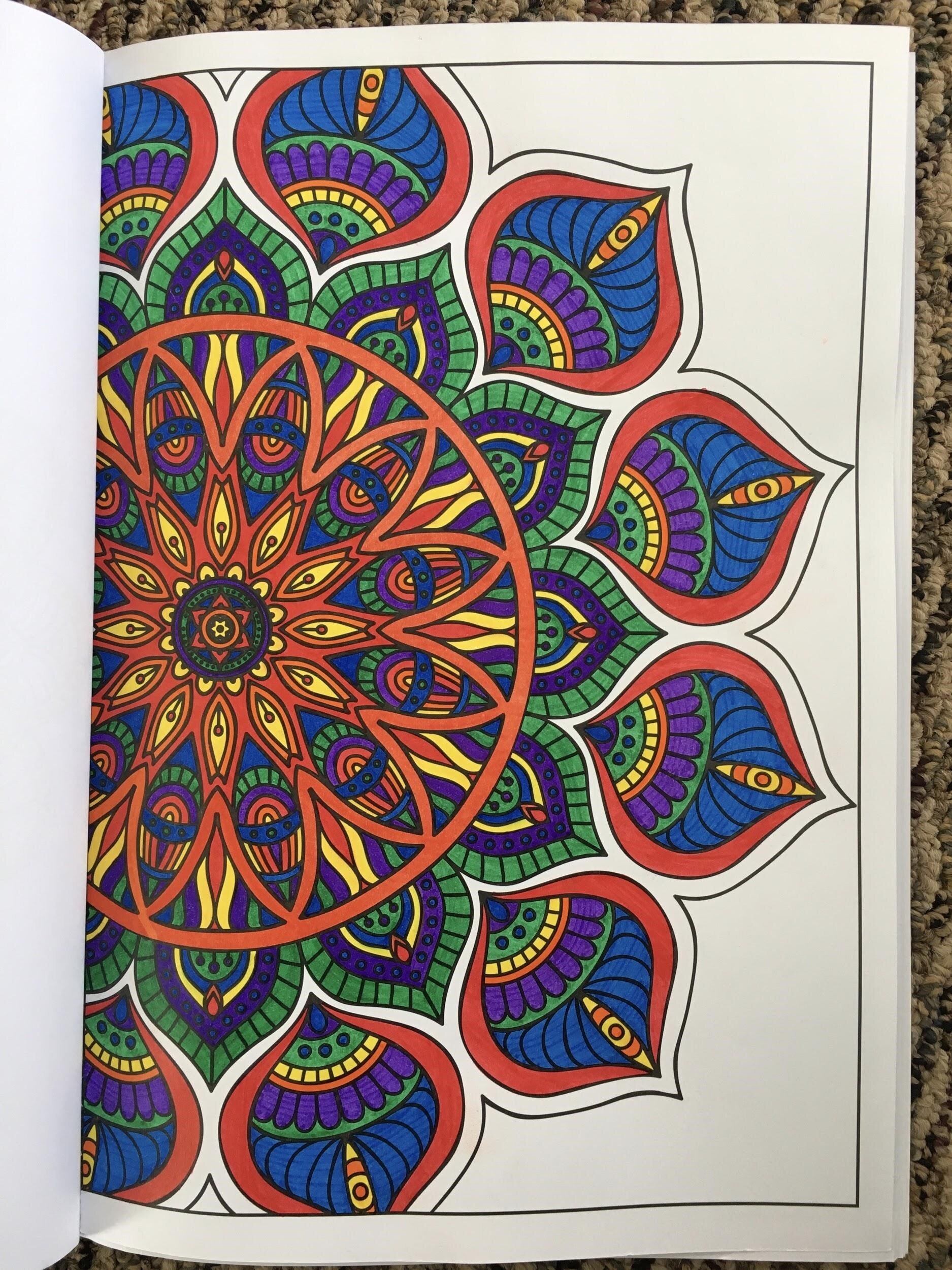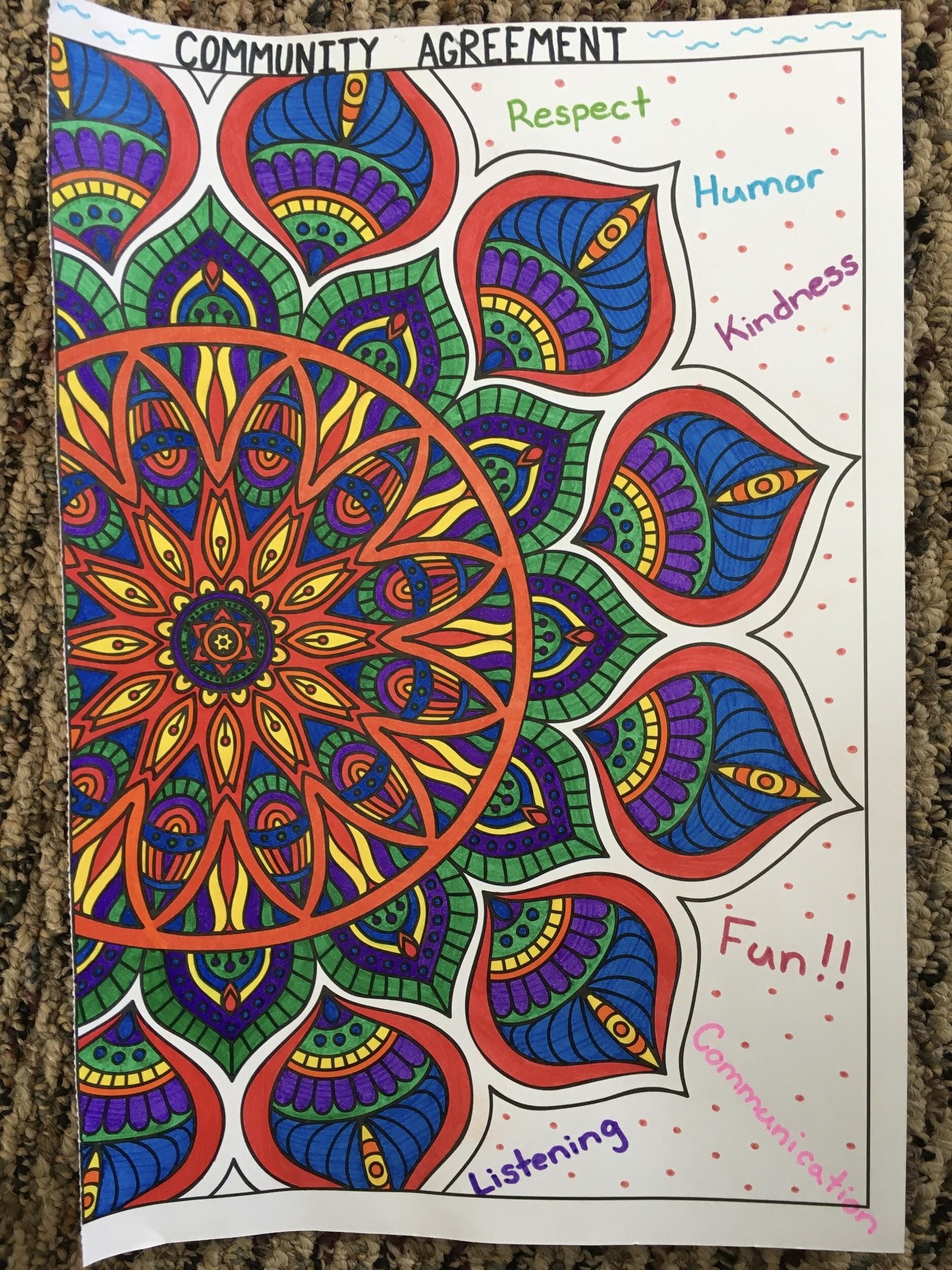Discipline: Teambuilding
Age Range: 7+
Estimated Time: 10+ minutes
What You Need: Two chairs, two shoes, a minimum of five people so round up your entire family; one water bottle (or something strong enough to have shoes thrown at it without damage)
Introduction: This is an active game and can be played outdoors or in a large indoor space such as a basement or garage area.
Instructions:
1. Place two chairs facing each other, about 7-to-10-feet apart. Place the water bottle in the center — between the two chairs — with one shoe on either side of the bottle.
2. Choose one person to be the “facilitator.” The facilitator’s job is to call out numbers to both teams once the game begins and make the official call on who wins the points on each round the game. They will also ensure that both teams are following the rules throughout the game.
3. Separate everyone else into two equal teams and have each person count off, “one” through however many people are playing the game. Teams should stand on opposite sides facing each other, in the order of their numbers. For example, Team A: 1,2,3,4; Team B: 1,2,3,4.
4. The facilitator will yell out a single number and whoever the number pertains to will run to grab a shoe, run back to sit in a chair (either chair is open for the taking). Then, the two players try to knock the water bottle down remaining seated in their chair.
5. The first team to knock the water bottle down ears a point!
6. After a few rounds, the facilitator can combine players. The players must combine elbows before grabbing the shoe. One person must sit in the chair while someone kneels next to them. Facilitator announces, “Team A players 1, 2 and 3 and Team B plays 1, 2 and 3, grab the elbows of each other and work together to grab the water bottle, return to the chair and attempt to throw the shoe at the bottle, all while remaining locked together at the elbow.”
7. If people break their bond with their teammates, they must sit in the chair and wait five seconds until they can try again. The winner is the first team that scores ten points.
Rules:
Your team can only have one shoe in your hand at a time. However, it does not matter which shoe.
Your team must be sitting in a chair to throw the shoe at the water bottle. However, it does not matter which chair.
Your team cannot block the other team from hitting the bottle.
A round is not over until the water bottle is knocked over by one of the teams.

















